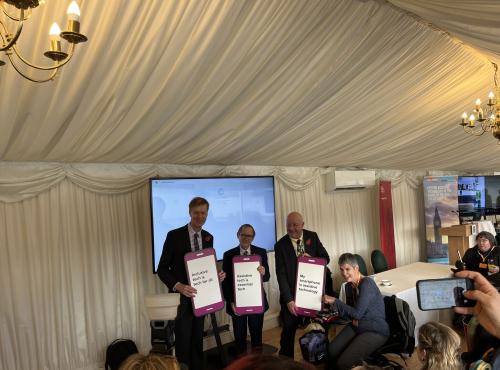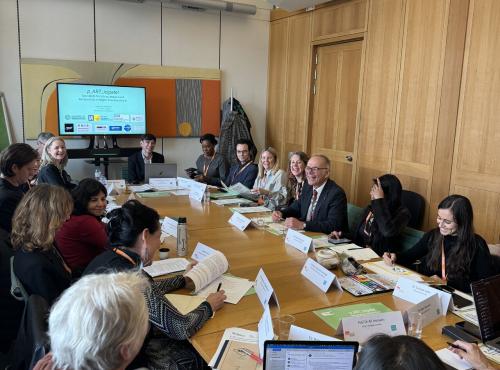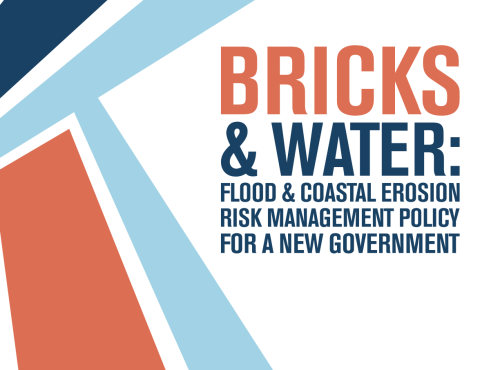Climate Policy Dashboard Update: Hydrogen Strategy
Policy Connect updates its Climate Policy Dashboard across key sectors in response to the Hydrogen Strategy, which sets out the steps needed in this decade to create a low carbon hydrogen economy.
The Climate Change Committee has said that the emergence of hydrogen as a low-carbon source of energy contributing to net zero will require a concerted, coordinated push from government. The Hydrogen Strategy represents this push, signalling the government’s long-term commitment to supporting the development of hydrogen.
While hydrogen production will emerge in a significant capacity after 2030, the Climate Change Committee has been clear that policy direction in the Hydrogen Strategy must support its early development in the next decade. While the Strategy contains few immediate actions to achieve this, it sets a strong policy direction towards CCC expectations.
The Climate Policy Dashboard reflects these changes across the power, manufacturing and construction, and buildings sectors.
The Climate Change Committee recommends that in the Hydrogen Strategy the government should set out its vision for the respective balance between hydrogen produced from electrolysis (known as green hydrogen) and from carbon capture and storage (known as blue hydrogen) out to 2035, calling for a ‘blue hydrogen bridge’ approach. The Strategy meets this, with the government committing to a ‘twin track’ approach to hydrogen production, supporting both electrolytic and CCUS-enabled hydrogen.
The CCC also recommends financial and market incentives under a policy framework to boost the uptake of hydrogen. The Strategy attempts to meet this, proposing several commitments to creating a market for hydrogen. This includes a consultation response to the Hydrogen Business Model in Q1 2022, with the aim to finalise the business model in 2022, enabling the first contracts to be allocated from Q1 2023. This is based on a similar premise to Contracts for Difference (CfD) for offshore wind farms, which successfully reduced the cost of building new offshore wind farms.
In the power sector, the Hydrogen Strategy signals hydrogen's potential to support decarbonisation, particularly in ‘hard to electrify’ industrial sectors, while providing green, flexible energy across power, heat, and transport. This meets the CCC’s recommendation of focusing hydrogen demand on areas that cannot feasibly decarbonise without it.
In the manufacturing and construction sector, the CCC recommends that early hydrogen distribution in the second half of this decade will be via dedicated pipelines. This is confirmed in the Hydrogen Strategy which states that by 2025-2027 there will be dedicated networks in place for hydrogen, with large dedicated networks by 2028-2030. In the interim, the CCC suggest the government and regulators should prepare to make decisions about whether initial areas of the gas transmission and distribution networks should be converted to hydrogen. However, the Hydrogen Strategy does not mention this and does not map out a route for dedicated pipelines in the run up to the mid-2020s.
In the buildings sector, the Government announced a consultation will be released later this year on the case for new natural gas boilers to be ‘hydrogen-ready’ by 2026. This misses the mark of the CCC’s recommendation that all new gas boilers should be hydrogen-ready by 2025 at the latest.
The Hydrogen Strategy does not change any of the rankings across the Climate Policy Dashboard as the Strategy contains no new policy announcements and funding. It does however give a clearer policy direction for the government’s support for hydrogen development in the next decade. As the commitments outlined in the Strategy are met, the Dashboard will be updated accordingly.



